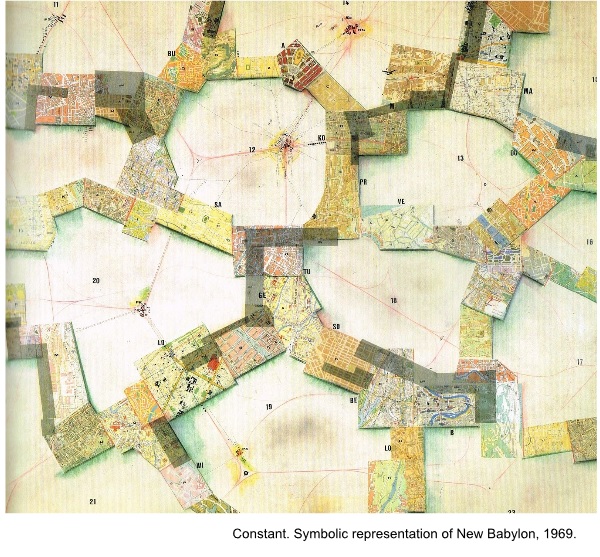Global Challenges and Visual Strategies of Domination
DOI:
https://doi.org/10.1344/regac2023.9.42671Palabras clave:
visual strategies of domination, global change, media aesthetics, digital capitalismResumen
We live in a visual world in which a simple smartphone application can convert all images into mathematical formulas (or vectors) or can produce pictures from scratch. Google’s Artificial Intelligence (AI) has shown once again its advance on images and DeepMind is now able to create a picture of a landscape that never existed. As a matter of fact, the affordability of digital technologies and the availability of imaging software - used to create, edit and manipulate images on a computer -, combined with the massive use of personal electronic devices and the dissemination of related photographic practices, contributed to support the transition from the disciplinary society, the scopic regimes of western modernity, to the present-day global society of surveillance and visual culture of control. Yet, there is a dearth of research investigating visual strategies of domination and circulation produced by global media corporations, under present conditions of data capitalism, computer vision, and machine learning. Such strategies contribute to the destabilization of the new world multipolar order and affect people’s social imaginaries and ideologies. This presentation argues that visual strategies of domination rely on the very act of the visual meaning making and, because politics and knowledge are intimately intertwined, images are powerful political visual-discursive constructs. Informed by theory and assisted by the method of global iconology, this presentation aims to explore how the visual metaphor of the religious Babel tower of Genesis depicting confusion is currently transformed into the secular visual metaphor of the global: a permeable and undefined symbol of global citizenship in a context of ideological fragmentation and the rise of a global media order. As a visual activist, I consider the visual, or visuality (seeing and vision), as a social force, since specific ways of seeing historically and culturally influence and shape epistemologies, ontologies, and methodologies. In my analysis, I privilege the sociological dimension of the visual which exceeds the biological one, since the former gives meaning to the latter and refers to the shaping of our being and our presence in the world. In this study I attempted to identify and discuss the epistemic function and symbolic power of the image in relation to the material and ideational process of reglobalization of the world, in a context of ever-increasing global connectivity, high-mediatization of society, and ideological fragmentation. Grounded on an understanding of the image as something both visible and sayable, and on a given body of images showed in their own right, I argue that, beyond the academic debate on the struggle over images and the general love or hate of images, visual strategies of domination affect people’s perception of the world and the aesthetic landscape of the global age. In this sense, visual strategies of domination are thus central to the plural world we live in and the politics of our time, since they are emotionally and ideologically charged with the power to elicit engagement, to act or not to act, and for this reason they need to be further analysed and interpreted.

Descargas
Publicado
Número
Sección
Licencia
Los/las autores/as que publican en esta revista están de acuerdo con los términos siguientes:
- Los/las autores/as conservan los derechos de autoría y otorgan a la revista el derecho de primera publicación de la obra, que se difundirá con la licencia de reconocimiento de Creative Commons que permite compartir la obra con terceros/as, siempre que estos/as reconozcan su autoría, su publicación inicial en esta revista y las condiciones de la licencia.
- Los/las autores/as son libres de establecer acuerdos contractuales adicionales independientes para la distribución no exclusiva de la versión de la obra publicada en la revista (como por ejemplo su publicación en un repositorio institucional o en un libro), siempre que se reconozca su publicación inicial en esta revista.
- Se anima a los/las autores/as a publicar su obra en línea (en repositorios institucionales o en su página web, por ejemplo) antes y durante el proceso de remisión, con el objetivo de conseguir intercambios productivos y hacer que la obra obtenga más citas (véase The Effect of Open Access, en inglés).


